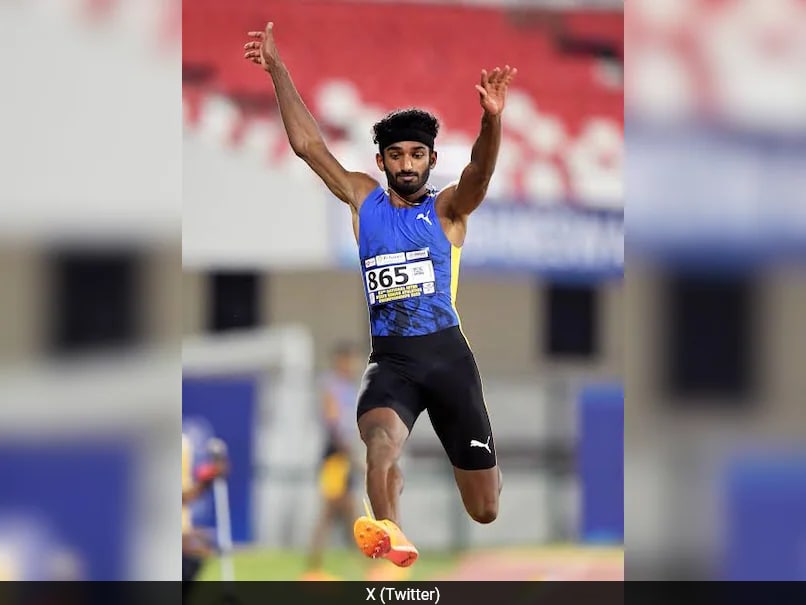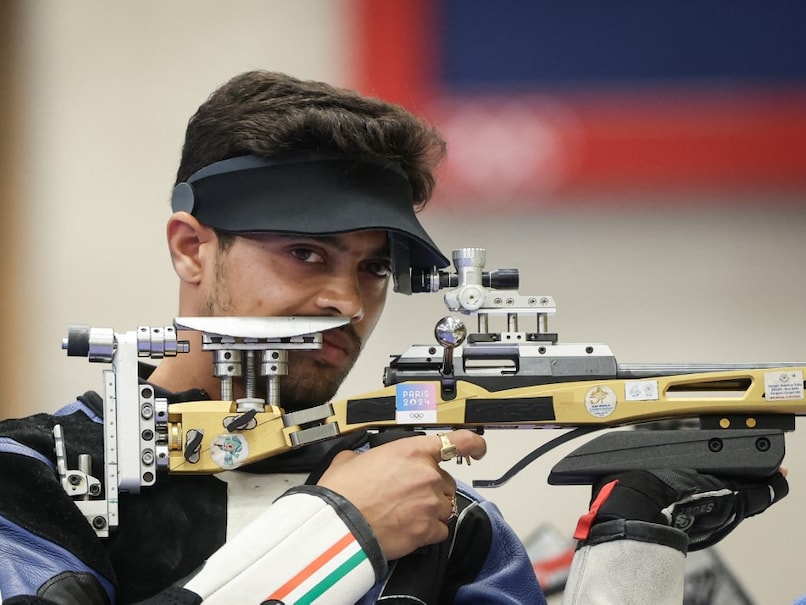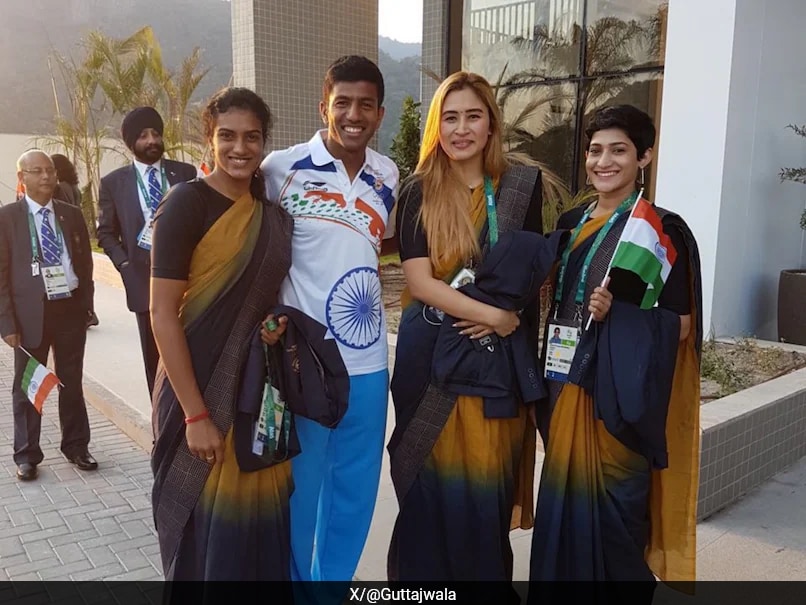Indian Athletics Disappoints at Paris Games as Parul Chaudhary and Jeswin Aldrin Fail to Qualify
India’s disappointing performance at the Paris Games athletics continued on Sunday as national record holders Parul Chaudhary and Jeswin Aldrin failed to qualify for the women’s 3000m steeplechase and men’s long jump, respectively.
Parul finished eighth in her heat race and 21st overall, ending her campaign in the Paris Olympics. Despite undergoing high-altitude training in the USA, she ran the distance in 9 minutes 23.39 seconds, her season’s best but well below her national mark of 9:15.31. The top five from each of the three heat races qualified for the final.
Parul’s failure to qualify adds to India’s disappointing performance in the women’s 5000m race, where she and Ankita Dhyani also failed to advance. Lalita Babar remains the only Indian woman 3000m steeplechaser to qualify for the final round in the Olympics, finishing 10th in Rio 2016.
In the men’s long jump qualification round, Aldrin fouled his first two attempts before managing a jump of 7.61m in the third. He finished 13th in Group B qualification and 26th overall. Only athletes who jumped the automatic qualification mark of 8.15m or were among the 12 best performers advanced to the final round.
Aldrin, who has not been able to touch 8m this year, made it to the Paris Games at the last minute through world rankings. His season best is 7.99m, while his personal best is 8.42m.
India’s poor showing in athletics at the Paris Games is a cause for concern, as the country has traditionally been strong in the sport. The failure of national record holders to qualify for the finals is a reflection of the need for improved training and support for Indian athletes.



